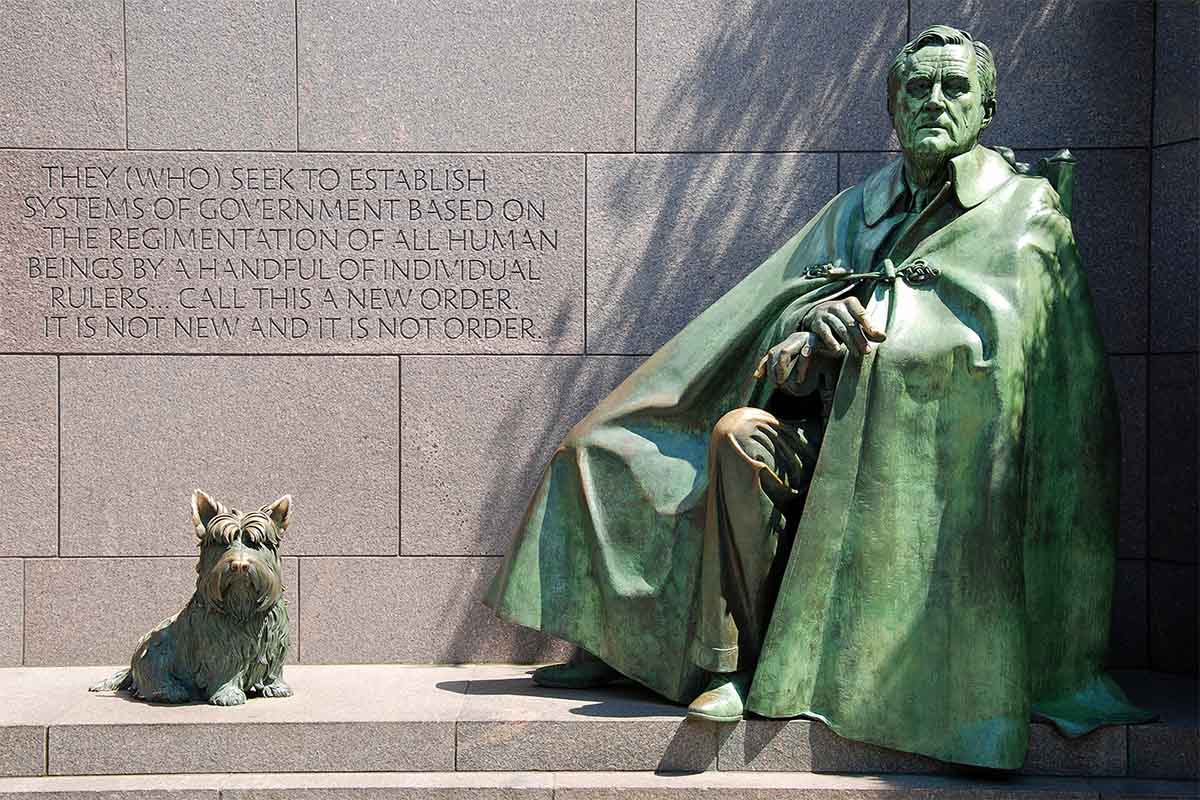
FDR was concerned about housing issues when he was governor of NY. As President, he supported housing reforms as part of his platform, and lenders and homeowners can still feel the impact today.
FDR became President in 1933 when many people were living in poverty due to the Depression and economic and global unrest. During that time, he created the Home Owner’s Loan Corporation (HOLC) to provide mortgage relief to homeowners at risk of losing their homes through foreclosure. The HOLC also developed a comprehensive housing plan as the foundation for the National Housing Act of 1934. As a result, the Federal Housing Administration (FHA) was born. The FHA insured banks, mortgage companies, and other lenders, which helped stimulate the housing industry. Many new homes were constructed, and existing homes were repaired as a result of the National Housing Act of 1934, but to FDR’s dismay, the laws did little to help the poor and minorities become homeowners.
While many of FDR’s contemporaries opposed his work in the housing industry, he continued his work to make adequate and affordable housing a priority throughout his presidency.
Here are some of the reasons why his contemporaries opposed low cost-public housing for low-income Americans:
- Landlords and the real estate industry believed rentals and sales markets would be undercut by cheaper public housing
- Fiscal Conservatives were afraid of the budgetary impacts of public housing
- Rural politicians believe the policies would favor big cities
- Some thought public housing initiatives were socialistic
However, FDR would not be deterred by his opposition, and he addressed this issue head-on in his State of the Union address of January 6, 1937.
“There are far-reaching problems still with us for which democracy must find solutions if it is to consider itself successful. For example, many millions of Americans still live in habitations, which not only fail to provide the physical benefits of modern civilization but breed disease and impair the health of future generations. The menace exists not only in the slum areas of the very large cities but in many smaller cities as well. It exists on tens of thousands of farms, in varying degrees, in every part of the country.”
In his Second Inaugural Address, he added:
“I see one-third of a nation ill-housed, ill-clad, ill-nourished. . . . The test of our progress is not whether we add more to the abundance of those who have much; it is whether we provide enough for those who have too little.”
During his presidency, FDR worked tirelessly on the housing bill passed in September 1937. The new bill established many programs and initiatives that still impact us today. It created the United States Housing Authority, which provided millions in loans to build low-cost housing nationwide. FDR’s initiatives helped to stabilize the housing market and provided pathways to homeownership for generations of Americans. This initiative set the stage for the presidents who followed to create additional programs to transition families out of public housing and become homeowners.
To FDR, adequate housing was not just a need but a right. The initiatives he was instrumental in creating and passing brought greater economic security to hundreds of thousands of Americans.
In his final State of the Union address, FDR declared a “second bill of rights” that included the right of every family to a decent home.
As we celebrate President’s Day, it is important to recognize these leaders’ impact on our everyday lives.




